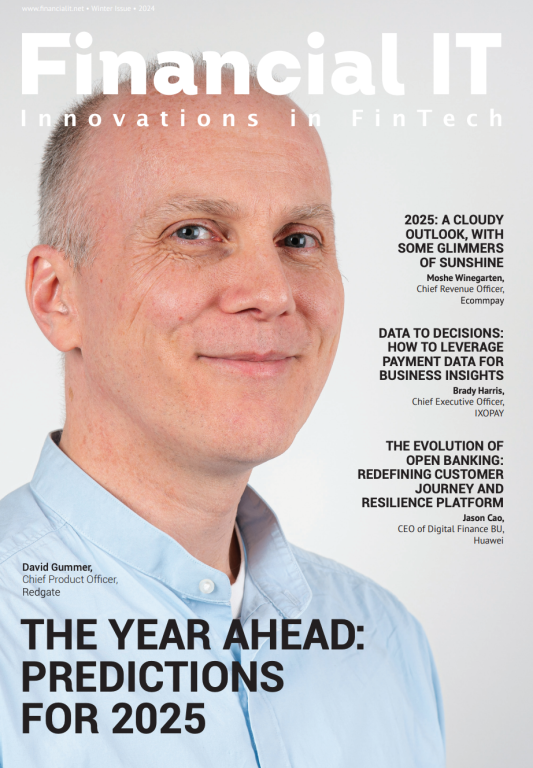Physical vs Digital Cards – How the Landscape is Evolving

- Xavier Giandominici, VP of Global Sales at Fime
- 12.09.2022 11:00 am #cards
With digital payments picking up steam around the world, it could be said that the future of the physical card is uncertain. The COVID-19 pandemic has accelerated the rate of digitalization, with new ways to make a touchless card payment – such as QR codes, mobile wallets and contactless payments – becoming widespread.
The role of the physical card, however, is still a key element of the cardholder experience, with some users preferring to use their physical cards whenever possible. With so many different consumer needs to meet, what should issuers be mindful of in today's changing payment environment?
Are digital payments leading the pack?
Data is emerging which shows digital payments are leading the way. One payment option that is growing in favour thanks to its speed and ease is digital wallets. This technology can be used to make online payments, transfer money to friends and make contactless payments with your mobile. This is particularly true in the Asia Pacific area, where digital wallets are the most popular payment option for both e-commerce and point-of-sale (POS) transactions. In 2021, digital wallets represented 68.5% of the regional e-commerce transaction value. This is predicted to expand to over 72% in 2025.
Likewise, mobile wallets – which are a specific type of digital wallet – have been gaining traction. Mobile wallets are the technology which enables consumers to make contactless payments with their mobile device rather than using a physical card at the POS. Global mobile wallet transaction volumes are set to hit 49 billion in 2023, representing 92% growth since 2021. One factor driving this growth is the increase in the contactless payment limit. This makes it even easier for consumers to tap to pay, reducing friction at checkout.
Don’t underestimate the importance of the physical card.
Despite the recent developments in digitalization, issuers must not forget the relevance of the physical card. The pandemic did not just impact the growth of digital payments, but it also increased the number of contactless payments made with physical cards. This has obvious hygiene benefits, and for some people, maybe a novel experience.
While there is a clear interest in digital, the physical card is here to stay – at least for now. In the US, 80% of iPhone users have activated Apple Pay, yet only 6% use the service. Despite 70% of US merchants accepting contactless payments in 2021, some consumers are still hesitant to give up the familiarity and convenience of their physical card. Trust could also be a factor hindering the widespread implementation of digital payments. Over the past few years, more consumers have reported that their perception of digital payments has deteriorated, rather than improved.






















